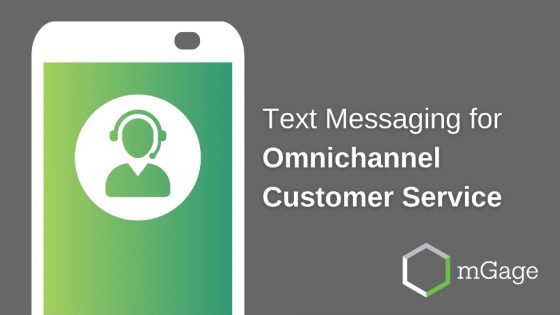By mGage
Long ago, when streets still had pay phones, and every home had a landline, software programmer Neil Papworth sent the first text message. The date was December 3, 1992. Two decades later, around 23 billion SMS messages are sent daily around the world[1], both from person to person and through mobile engagement providers.
In 20 years, text messaging has become our primary method of communication. It has grown from being a simple way for secretaries to page their managers to the backbone of many applications that rely on text messaging – voting on reality shows, tracking packages, and confirming appointments, just to name a few.
Conversation Changers
The way we consume information and how we communicate is ever-changing. We’re more visually orientated than ever and have shorter attention spans due to most people being time-poor. The humble ‘like’ now suffices as a full response in most scenarios, and the word “emoji” even made it onto the approved list in Scrabble.
We saw emerging trends like contactless payments and curbside pickup accelerate in 2020 with the advent of the COVID-19 pandemic. These changes were facilitated by mobile phones and, in many cases, text messaging. In fact, 34% of businesses surveyed adopted SMS because of the pandemic[2] — many brands invested in text messaging to maintain a close relationship with customers and facilitate safe shopping. While many of these brands were slow to try text messaging before the pandemic forced their hands, they most certainly saw the benefits. 77% of the businesses that adopted text messaging this year say they’ll continue post-COVID[3].
This tide of change has been in progress for many years, but COVID-19 added fuel to the fire. The influence of trends, including social integration, social media sharing, and group messaging, has massively impacted how we communicate. Many enterprise companies are taking note and trying to understand how to adopt SMS for customer service, marketing, and operations.
The Rise of the Messenger App
Messenger apps (also called OTT Messaging Apps) are arguably the most popular smartphone apps. The 10 biggest collectively boast more than three billion accounts. WhatsApp, the leader, has 700m, and the number of WhatsApp messages sent every day now exceeds the number of standard texts. Last year it handled more than seven trillion messages – that’s about 1,000 per person.
These mobile-first social messaging apps create a new ecosystem for communication, but despite the growing popularity of instant messaging among consumers, OTT messaging apps have downsides for businesses. So, what is the best platform for marketers to communicate with their customers?
SMS Messaging Making a Comeback
SMS messaging is one of the most reliable and immediate ways to reach people. Whether the consumer has a smartphone or a basic mobile phone, they can receive SMS text messages. 95% of texts will be read within 3 minutes of being sent, with the average response time for a text being a mere 90 seconds[4].
Marketing channels many brands previously relied on are quickly becoming oversaturated. Around 98% of all SMS messages are opened, compared to just 20% of emails[5]. The average organic Facebook post only reaches 5.2% of the brand’s followers[6].
With text messaging, on the other hand, consumers are much more likely not only to read your message but appreciate it. Consumers opt into mobile programs and make a careful decision on which text campaigns they choose, meaning they’re a much more engaged audience. Because users limit themselves to brands they truly care about when opting into SMS promotions, brands can market more directly to a captive and loyal target audience.
SMS also allows consumers to reply instantaneously to a promotion and engage with the brand through two-way dialogue. By opening the doors of conversation between brand and consumer and creating customer engagement, marketers ultimately create a stronger relationship and build brand trust.
The Effectiveness of SMS as a Marketing Strategy
With more than 5 billion people who own a mobile device, the SMS marketing audience is vast and underserved. Customers want simplicity, and SMS is one form of digital communication that makes their lives easier, not more overwhelming. SMS text messaging is a simple, cost-effective way to retain customers, deliver excellent customer service and is proven to be a very effective method.
If you’re ready to try text messaging for your business, contact us today.
[2] ZipWhip The State of Texting 2021
[3] ZipWhip The State of Texting 2021
[4] Worldwide Texting Statistics







Leave a Reply